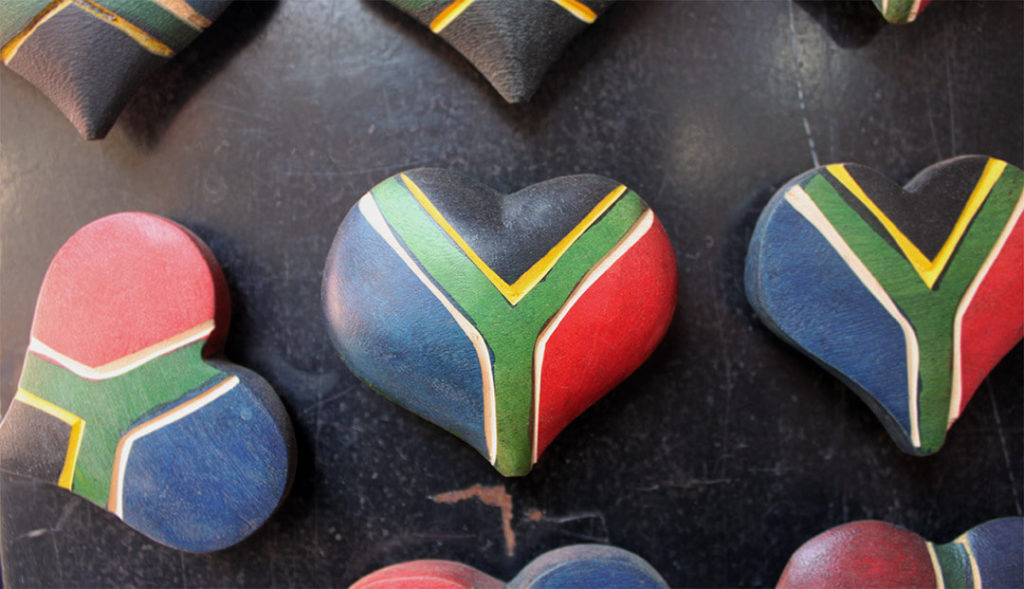The South African flag is bright, bold and certainly stands out. One of the most colourful flags in the world, the South African flag uses large shapes and vivid colours to share the story of the country: a story of freedom, unity and ubuntu.
Read on to find out more about the history and meaning of the South African flag.
The History of the South African Flag
The end of the Apartheid era marked a new beginning for South Africa.
Choosing a new national flag was part of the negotiation process set in motion when freedom fighter Nelson Mandela was released from prison in 1990. The proclamation of the new flag would reflect the dawn of a new democratic era in South Africa.
In 1993, a nationwide competition was held by The National Symbols Commission where members of the public were asked to submit ideas for the new national flag. Over 7000 designs were entered but none of the submissions elicited much enthusiasm from the Negotiating Council.
Authorities went on to contract design studios to submit further blueprints but were unsuccessful, and as a result, parliament went into recess at the end of 1993 without a suitable design for the new national flag.
In February of 1994, Cyril Ramaphosa, chief negotiator for the African National Congress, together with Roelf Meyer of the National Party government were elected to resolve the task of choosing a flag that would accurately represent the new South Africa. Finally, it was former State Herald Fred Brownell’s design that was approved and officially adopted on the 15th of March 1994.
The proclamation of the new flag was on the 20th April 1994, days before the flag was to be inaugurated on the 27th of April – an auspicious now known as National Freedom Day. The new South African national flag first flew on the 10th of May 1994 – the day that Nelson Mandela became president of South Africa, two weeks after the country’s first democratic elections.
The Design of the South African Flag
The principle design symbol of the national flag is the “Y” shape. This shape represents the convergence of the many diverse elements within the South African society, and the merging of histories and political realities into a common path to create a united future.
A symbol of unity and progress, the South African National flag is the only six-coloured national flag in the world. The design and colours are intended to represent all of the diverse segments of the population by uniting them as one.
While there are many interpretations of the colour symbology of the South African flag, there is no official documentation of the colour codes recorded. Individual colours have different meanings for different people, so the South African flag is able to be kept free of universal symbolism.
Instead, the design of the national flag should be appreciated for its diverse representation of the South African society, honouring the various ethnic groups continuing forward into a new and united South Africa.


